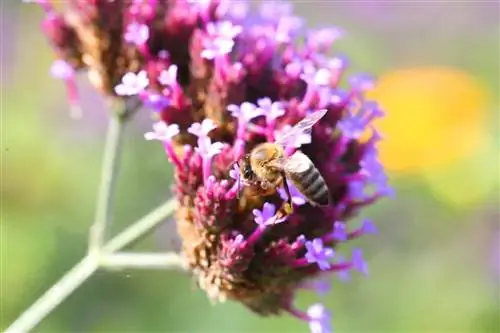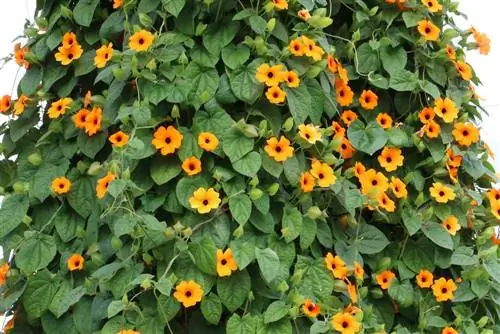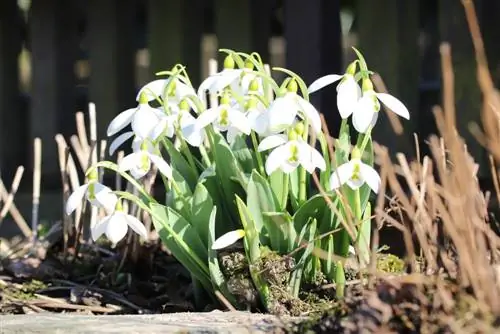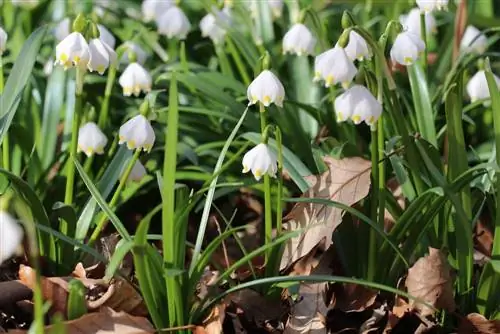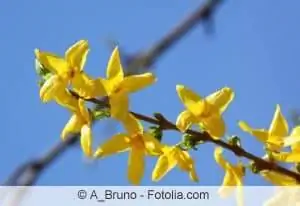- Author admin [email protected].
- Public 2023-12-17 03:39.
- Last modified 2025-01-24 12:45.
There is hardly a group of plants that does not contain bee-friendly plants. However, there are also those that produce little or no nectar. This refers to plants with double flowers, so-called cultivated forms.
Spring
In spring, nature begins to awaken again from hibernation and immediately begins to greet the insects with bee-friendly flowers.
Bulb and bulb flowers
Spring Crocus (Crocus vernus)
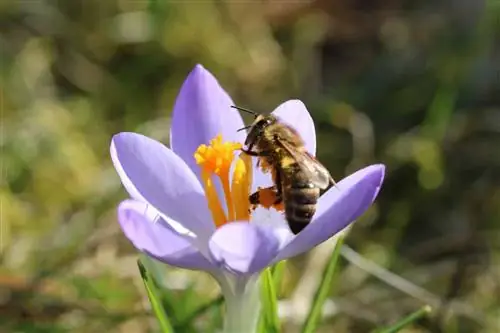
- Also known as spring saffron
- Flowering time: March to April
- Flower purple, yellow or white
- Growth height: 6-15 cm
- Go wild easily
Easter Bell (Narcissus pseudonarcissus)
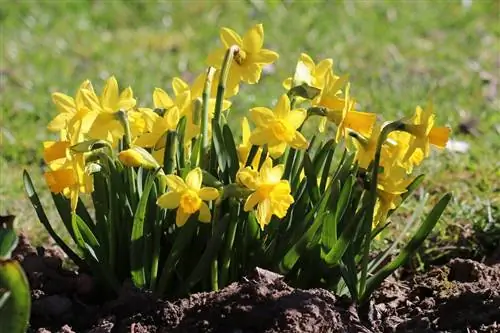
- Classic spring bloomers
- First flowering daffodil species of the year
- Flowering time: March to April
- Flower colors: yellow or white
- Growth height: 40-60 cm
Snowdrop (Galanthus)
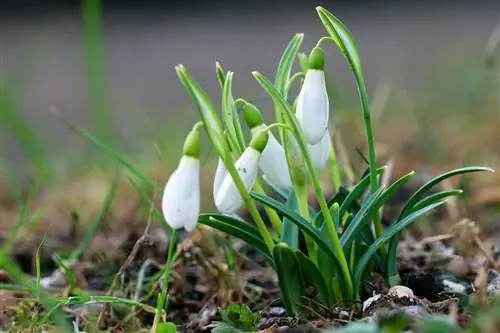
- Flowering period: January/February to March
- Flowers: snow white
- Good for rewilding
- Needs time to establish
- Is under nature conservation
Tip:
Snowdrops are poisonous in all parts of the plant, but especially the bulb.
Grape Hyacinth (Muscari)
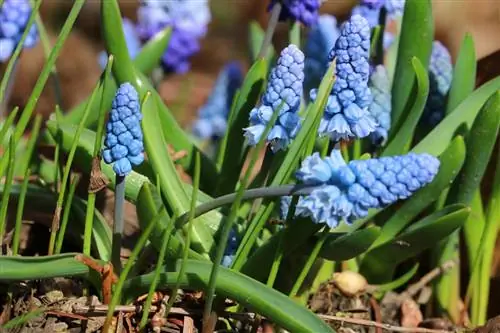
- Forms attractive flower carpets
- Blue flowering varieties best known
- Flowering: between March and May
- Growth height 15-30 cm
- Goes wild in places that suit her
Tip:
The less the soil is tilled, the easier it is for the grape hyacinth to become wild.
Winterling (Eranthis hyemalis)
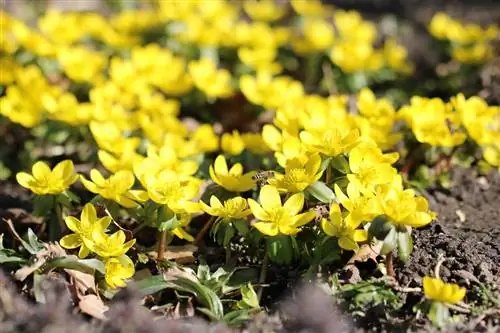
- Small, yellow cup flowers
- Flowering time: February to March
- Growth height: 5-15 cm
- Propagation by self-sowing
- Dense carpets on humus-rich soils
Perennials
Blue Cushion (Aubrieta x cultorum)
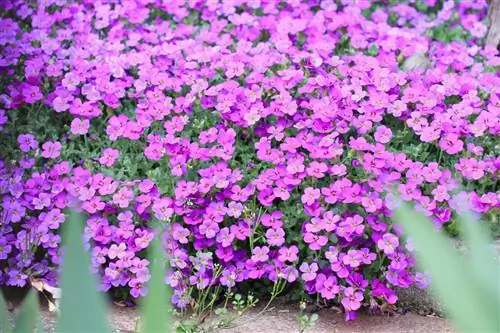
- Growly 8-10 cm high cushion perennial
- Growth: creeping, low, evergreen
- Flowering period: April to May
- Simple, grape-shaped flowers
- Different shades of blue, violet, red, pink
Scented violets (Viola odorata)

- Fragrant ground cover for partially shaded locations
- Growth height: 5-15 cm
- Flowering time: March to April
- Flower colors: white, pink, violet
- Spread by self-seeding
Creeping Gunsel (Ajuga reptans)
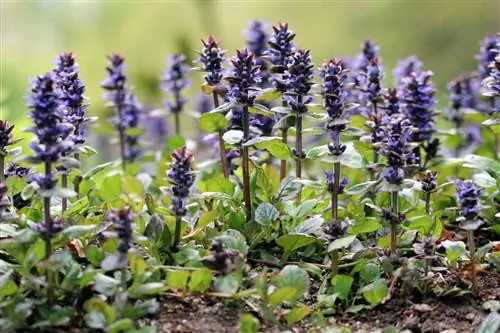
- Wild perennial for natural gardens
- Rich nectar supply
- Growth height up to 20 cm
- Flowers spike-shaped, blue
- Flowering period: April to May
Pasqueflower (Pulsatilla vulgaris)
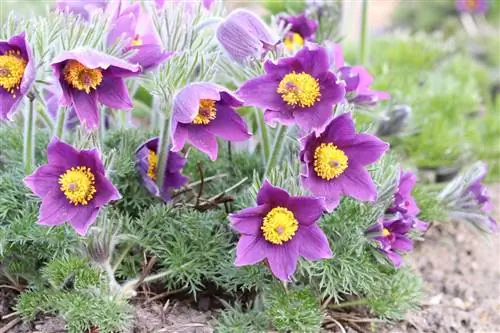
- Blooms from March to April
- Bell-shaped single flowers
- Flower colors: violet, red, pink, white
- Propagation by self-sowing
- Growth height: 5-20 cm
Deadnettle (Lamium)
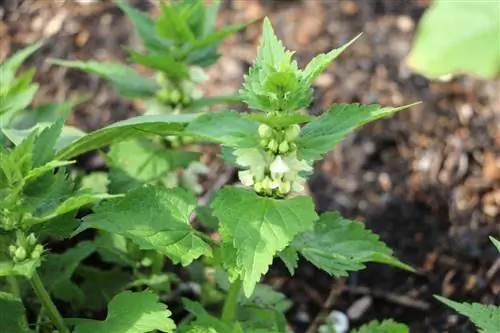
- Valuable wild perennial for low-light shade beds
- Flowers arranged in false whorls
- Flowering time: depending on the variety from March to autumn
- Flowers only from the second or third year
- Nectar and pollen value good
Meadow foamweed (Cardamine pratensis)
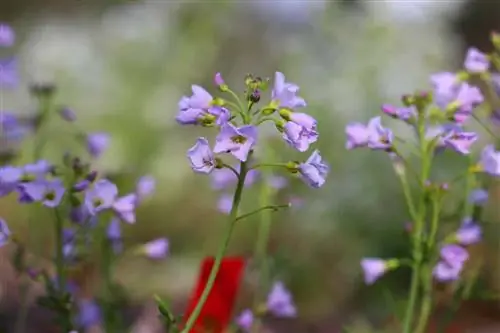
- Bee-friendly wild perennial
- Ideal for moist wildflower meadows
- Simple grape-shaped, white to pink flowers
- Flowering period: April to May
- Growth height: 10-50 cm
Fruit trees
Apple (Malus)
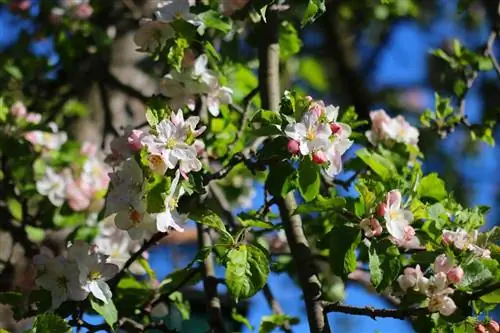
- Attractive to wild and honey bees
- Lots of nectar and pollen
- Flowering months: April, May, June
- Proper location and regular pruning can extend flowering windows
Tip:
Crabapples that set fruit are also said to be good pastures for bees.
Pear (Pyrus)
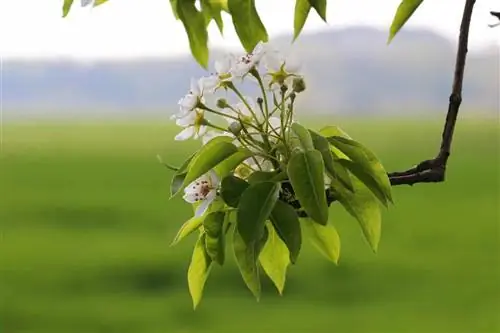
- Blooms just before the apple
- Good pollen and nectar donor
- Usually a pollinator variety required
- Bees are the most important pollinator
- Pay attention to variety
Blueberry (Vaccinium myrtillus)
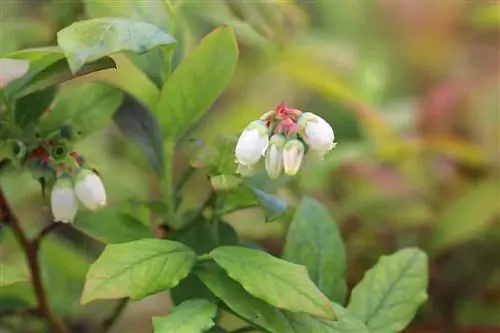
- Flowering period: May to July
- Flowers pitcher-shaped, greenish or reddish
- Good nectar value
- Growth height: about 50 cm
- Requires acidic soil
Summer raspberry (Rubus idaeus)
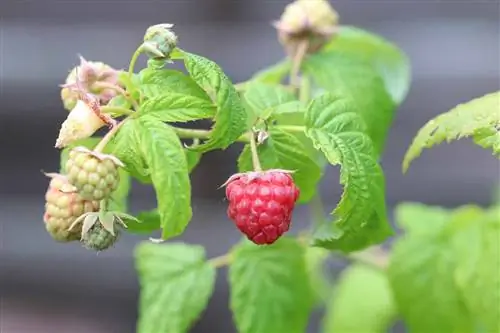
- Flowering period from May to June
- Flower simple, cup-shaped, white
- Nectar contains 46% sugar
- Height up to 180 cm
- Limited flowering in the shade
Tip:
After a longer period of standing, plant raspberries in this soil again after four years at the earliest.
Gooseberry (Ribes uva-crispa)
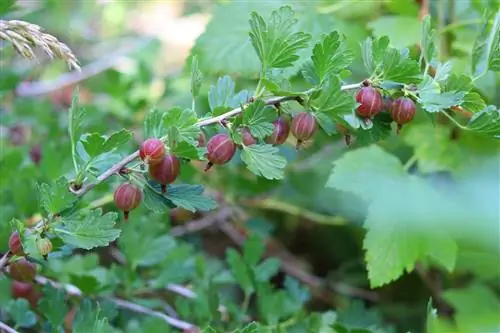
- Highly attractive for wild bees, wasps and bumblebees
- Flowering months: March and April
- Flowers rather inconspicuous
- Berries interesting for birds
- Growth height: up to 200 cm
Sweet and sour cherries (Prunus)

- Sweet cherry blooms from April
- Sour cherry from April to May
- Nectar from sour cherries lower sugar content
- Has little influence on pollination
Trees / large shrubs
Barberry (Berberis vulgaris)
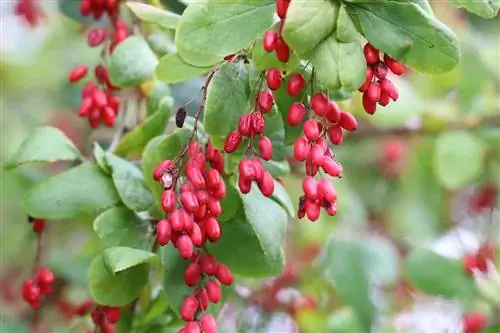
- Attractive flowers and berries
- Flowering time: early May to June
- Flowers: cup-shaped and bright yellow
- Average nectar and pollen value
- Growth height 100-250 cm
Tip:
Barberry root and trunk bark contain poisonous alkaloids.
Rock Pear (Amelanchier ovalis)
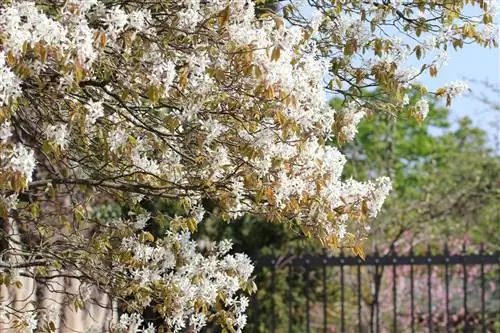
- Flowers appear before the leaves
- White, bitter-smelling starlet flowers in April
- Offer lots of nectar
- Up to 200 cm high
- Edible berries very popular with birds
Hazelnut (Corylus)
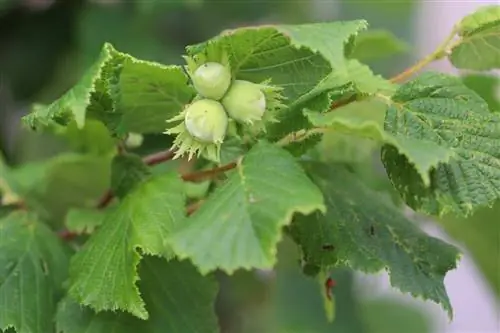
- Flowering time: early February to late April
- Flowers before leaves emerge
- Abundant pollen only on male flowers
- Female flowers do not contain nectar
Blackthorn / Blackthorn (Prunus spinosa)
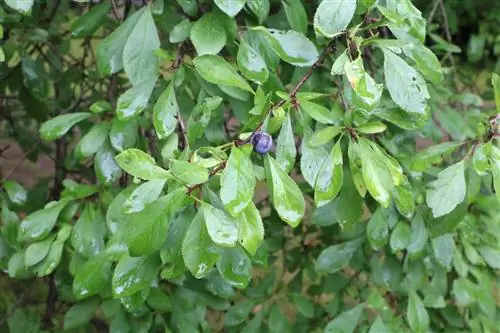
- Native wild shrub
- Growth height: 150-400 cm
- Flowers simple, small, white, with a fine almond scent
- Flowering period April to May
- Flowers with cherries, pears and apples
Tip:
The fruits of the blackthorn can only be eaten raw after the frost.
Silver Maple (Acer saccharinum)
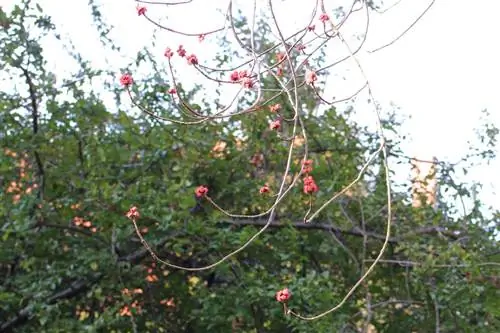
- Very valuable nectar dispenser
- Flowering: end of March to March/April
- Blooms earlier than other types of maple, grows faster
- Orange flowers
- Growth height: approx. 40 m
Willows (Salix)
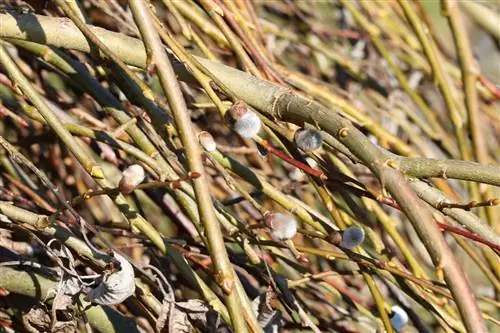
- Early flowering willows, very good bee pastures
- Lots of pollen and nectar
- Female and male inflorescences
- Protein-rich pollen food for raising the brood
- Flowering time: mid-February to April
Summer
Summertime is flowering time, here are the most bee-friendly plants for the hot season.
Bee-friendly perennials
Beardflower (Caryopteris clandonensis)

- Naturalized Neophyte
- High pollen and nectar value
- Height 50-100 cm
- Flowering time: August to September
- Deep blue, delicately scented flowers
Loosestrife (Lythrum salicaria)
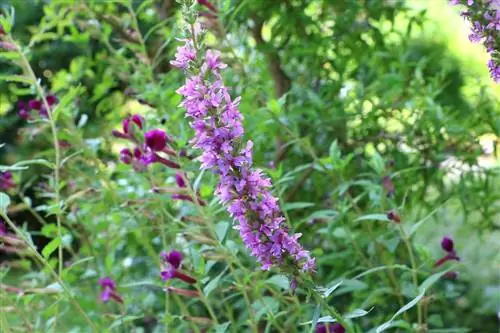
- Attractiveness for wild bees very high
- Flowering period: June/July to September
- Bright dark pink flowers, false spikes
- Rich nectar supply
- Optimal irrigation promotes nectar production
Borage (Borago officinalis)
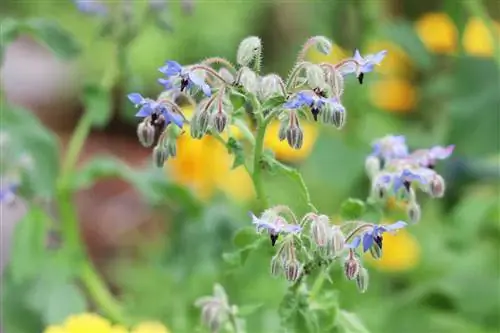
- Naturalized Neophyte
- Star-shaped flowers, white or blue
- Flowering months: June, July, August, September
- Nectar value significantly higher than pollen supply
- Growth height up to 80 cm
Goldenrod (Solidago)
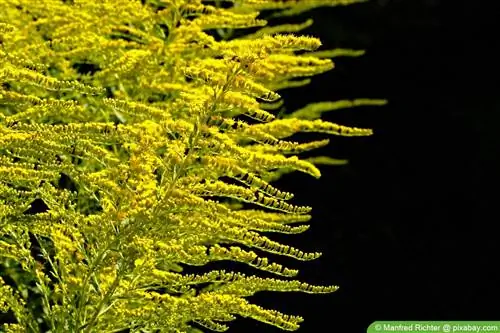
- Valuable bee and insect food plant
- Large, sulphur-yellow flower spikes
- Flowering time: July and September/October
- Rich nectar supply
- Growth height: 30-150 cm
Catnip (Nepeta cataria)
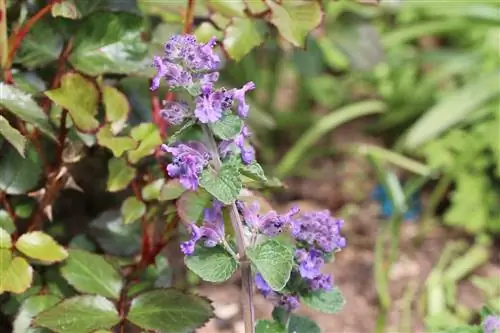
- Flowering period: July to September
- Spike-shaped, mostly purple inflorescences
- Exude intense scent
- Pruning close to the ground after the main flowering promotes second flowering
- Growth height about 70 cm
Cornflower (Centaurea cyanus)
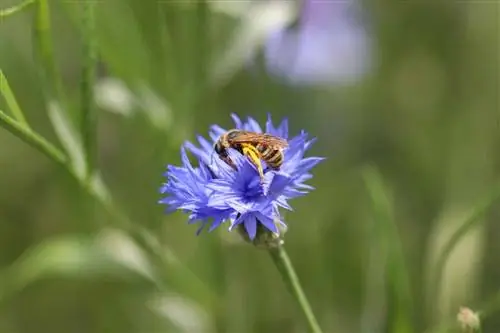
- Flowering period: July to October
- Round, flat inflorescence, predominantly blue
- Good nectar and pollen value
- Growth height: 30-80 cm
- Highly attractive for wild bees
Long-leaved speedwell (Veronica longifolia)
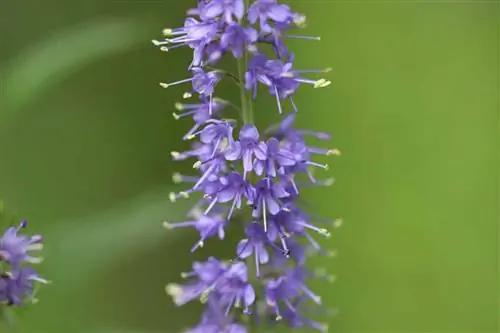
- Large speedwell species
- One of the best native nectar plants
- Growth height 40-120 cm
- Blue inflorescences (flower candles)
- Flowering time: July to August
Lavender (Lavandula angustifolia)
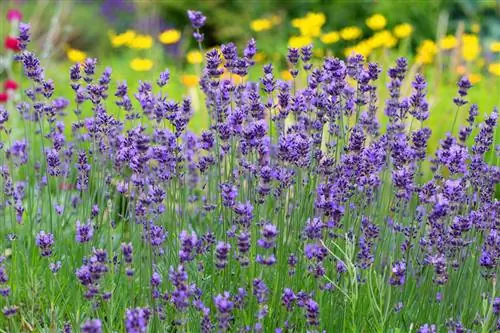
- Mostly blue-violet, aromatic-scented flowers
- Flowering period: June/July to August
- Shrubs up to 60 cm high
- High nectar value
Lupine (Lupinus)
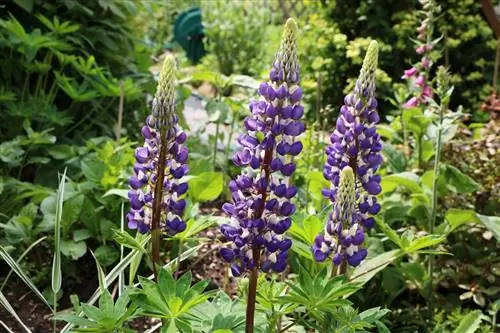
- Classic Cottage Garden Plant
- Flowering period: May to June
- Flower candles with small butterfly flowers
- Nectar-rich flowers attract bees and bumblebees
- Grows upright, unbranched, 80-120 cm high
Tip:
The lupine has soil-improving properties. It enriches it with nitrogen.
Coneflower (Echinacea purpurea)
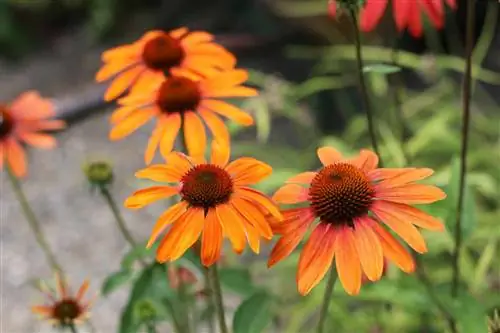
- One of the most impressive bee pastures
- Up to over 300 tubular flowers
- Good nectar and pollen value
- Flowering period: July to September/October
- Growth height 80-100 cm
Storksbill (Geranium)
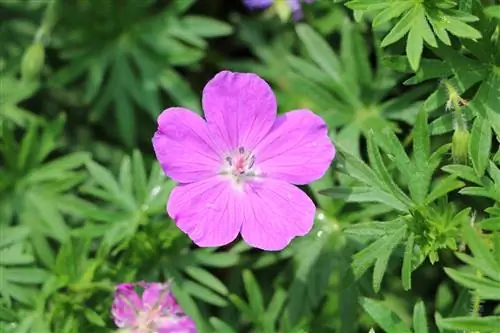
- Growth height: 15-100 cm
- Flowering period: May to October
- Flower colors: white, pink, purple, blue
- Pollen color lemon yellow
- Often clear grain on petals
Wild Mallow (Malva sylvestris)
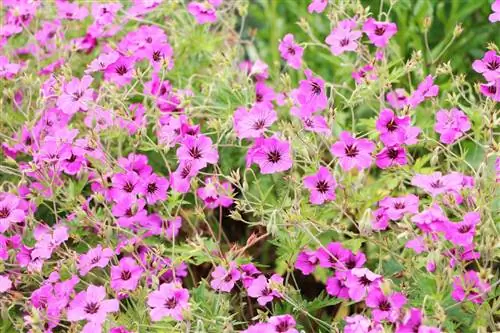
- Also known as cheese poplar
- Flowering period: June to September
- Flowers: pink with dark pink vertical stripes
- Lots of pollen and nectar
- Growth height 30-120 cm
Meadow sage (Salvia pratensis)
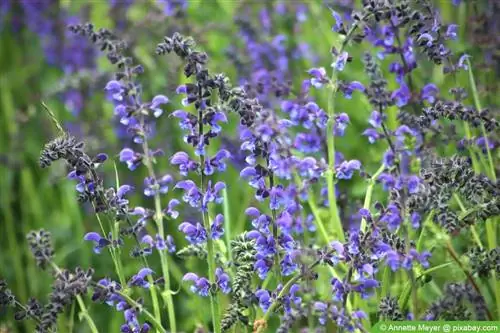
- Good nectar and pollen supplier
- Flowering period: June to August/September
- Flowers predominantly blue
- Other colors: white, pink, violet
- Growth height 40-60 cm
Wild rocket, rocket (Diplotaxis tenuifolia)
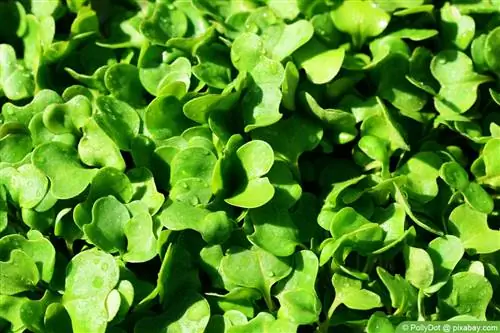
- Excellent bee pasture
- Visited by bees and hoverflies
- Flowering period: May to September
- Yellow flowers typical of cruciferous vegetables
Woods
Snowberry (Symphoricarpos albus)
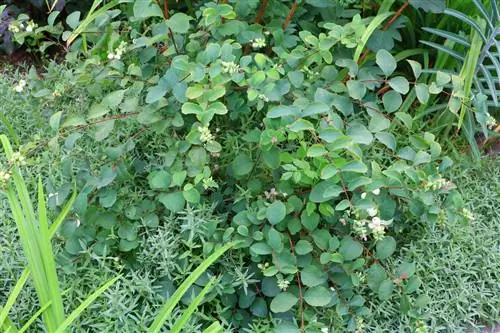
- Undemanding bee bush
- Flowering period: June to September
- Flowers: bell-shaped, pink
- Slightly toxic
- Growth height: 120-200 cm
Blackberry (Rubus)
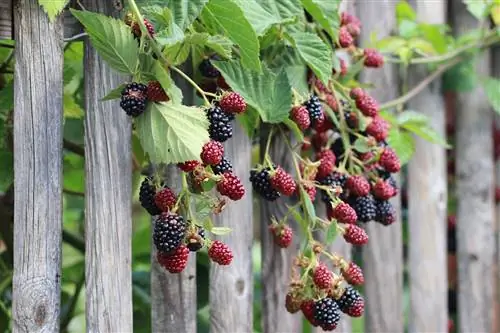
- Flowering period: May to August
- White to light pink flowers
- Good nectar and pollen value
- Growth height: 50-300 cm
Broom heather (Calluna vulgaris)
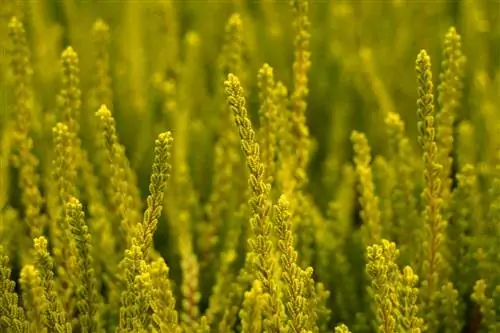
- Richly branched small shrub
- Flowering months: June to October
- Flowers: white, pink to purple
- Nectar value high
- Growth height: 15-50 cm
Bee plants with flowers in autumn
Ivy (Hedera helix)
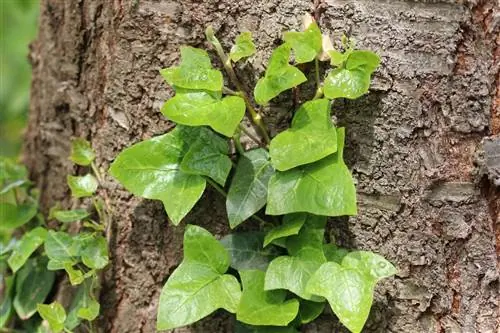
- Only native climbing plant
- Flowers rather inconspicuous
- Flowering time: September to frost
- Last nectar source of the year
- Regular heavy pruning prevents flowering
Autumn Aster (Aster)
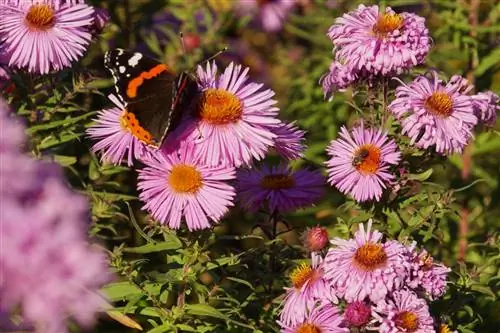
- Flowering time: early September to November
- One of the last nectar and pollen donors of the year
- Abundant amounts of nectar and pollen
- Flowers: white, violet, red, blue
- Depending on variety 25-150 cm high
Low stonecrop (Sedum cauticolum)
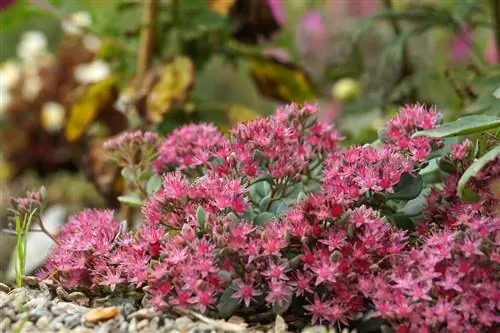
- Flowering time: late summer and autumn
- Vivid pink starlet flowers
- Low, vital ground cover
- Up to 15 cm high
Bee pastures for the winter
Winter blossom (Chimonanthus praecox)
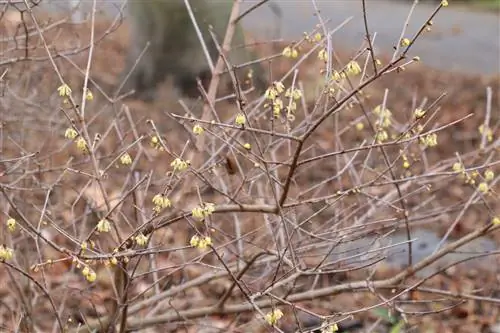
- Slow growing shrub
- Flowering time: end of December to February
- Pleasantly scented winter blossom
- Attracts early flying bees
- Growth height up to 300 cm
Winter honeysuckle (Lonicera purpusii)
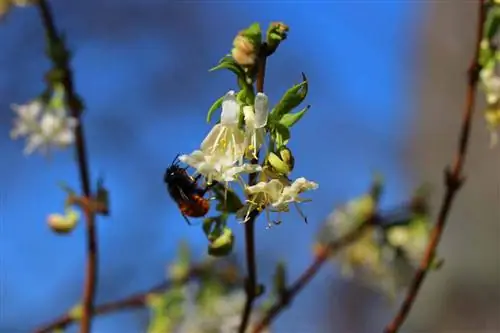
- Shrub with overhanging shoots
- Growth height: 150-200 cm
- Flowering period: January to April
- Flower color: cream white
- Intense sweet scent
Winterheide (Erica carnea)
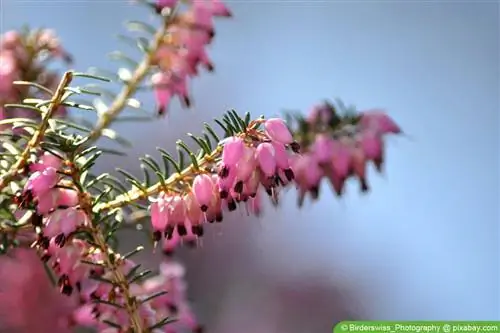
- Also known as snow heather
- Flowering period: December to the end of March
- White or dark pink, racemose inflorescences
- Abundant supply of nectar and pollen
- Spreads with age

